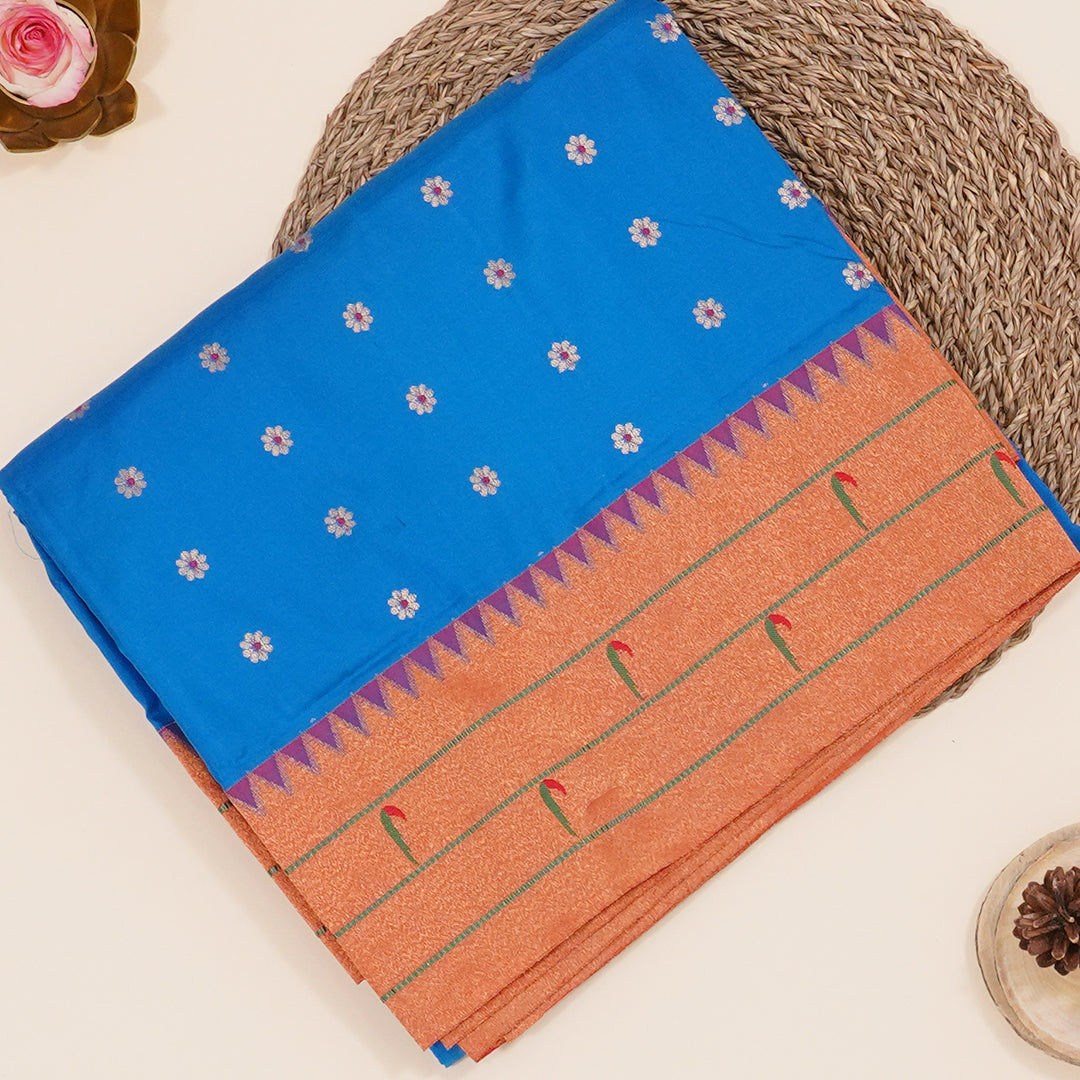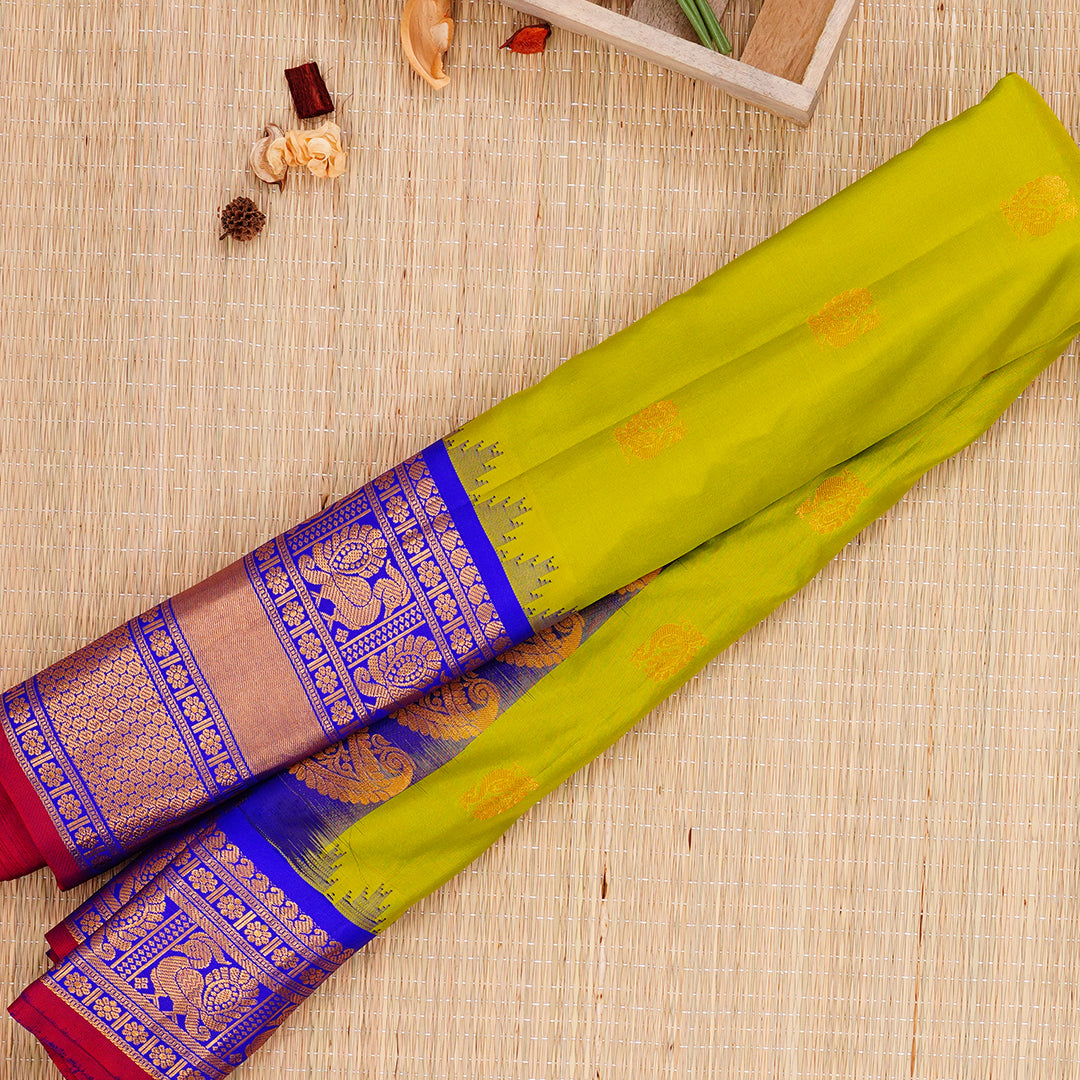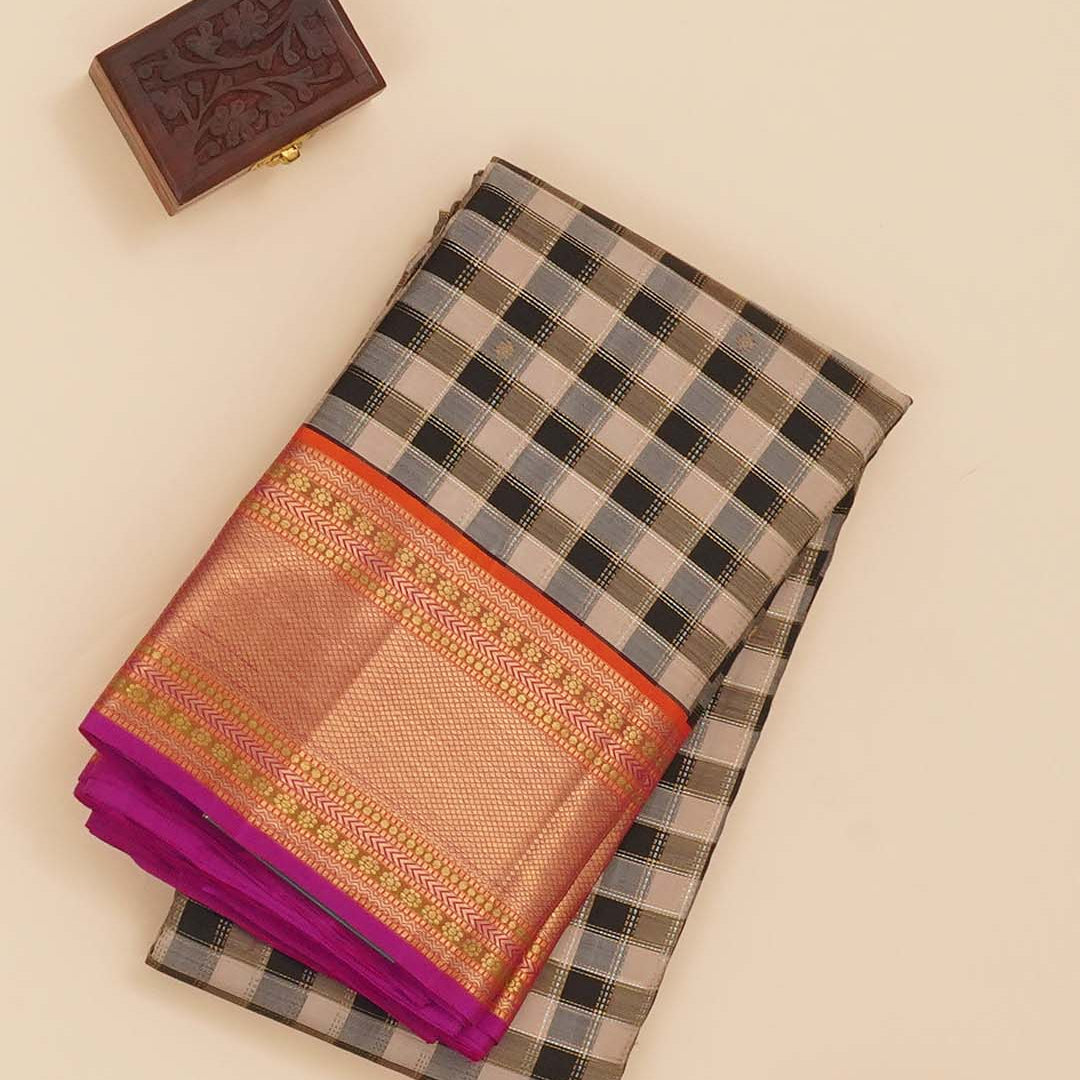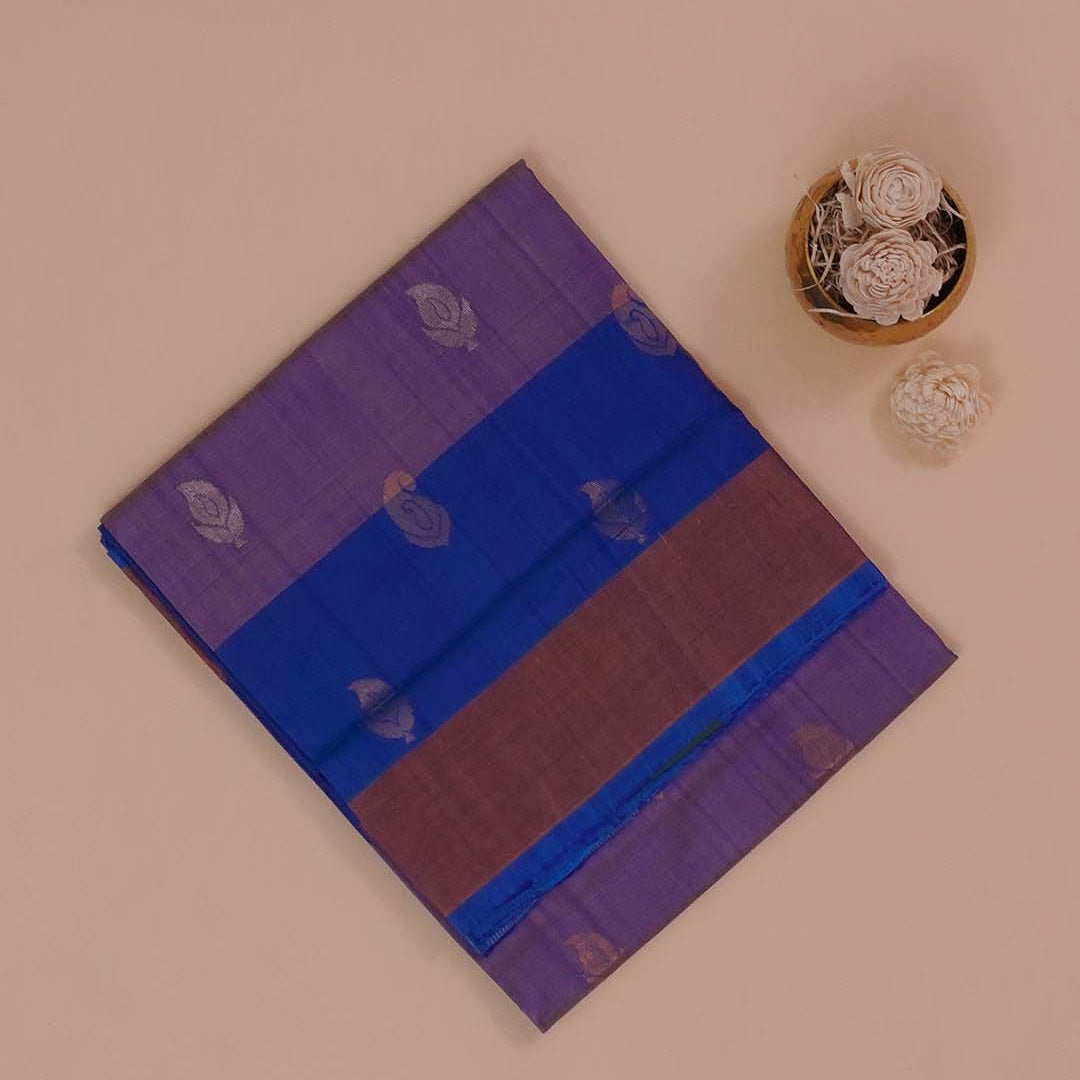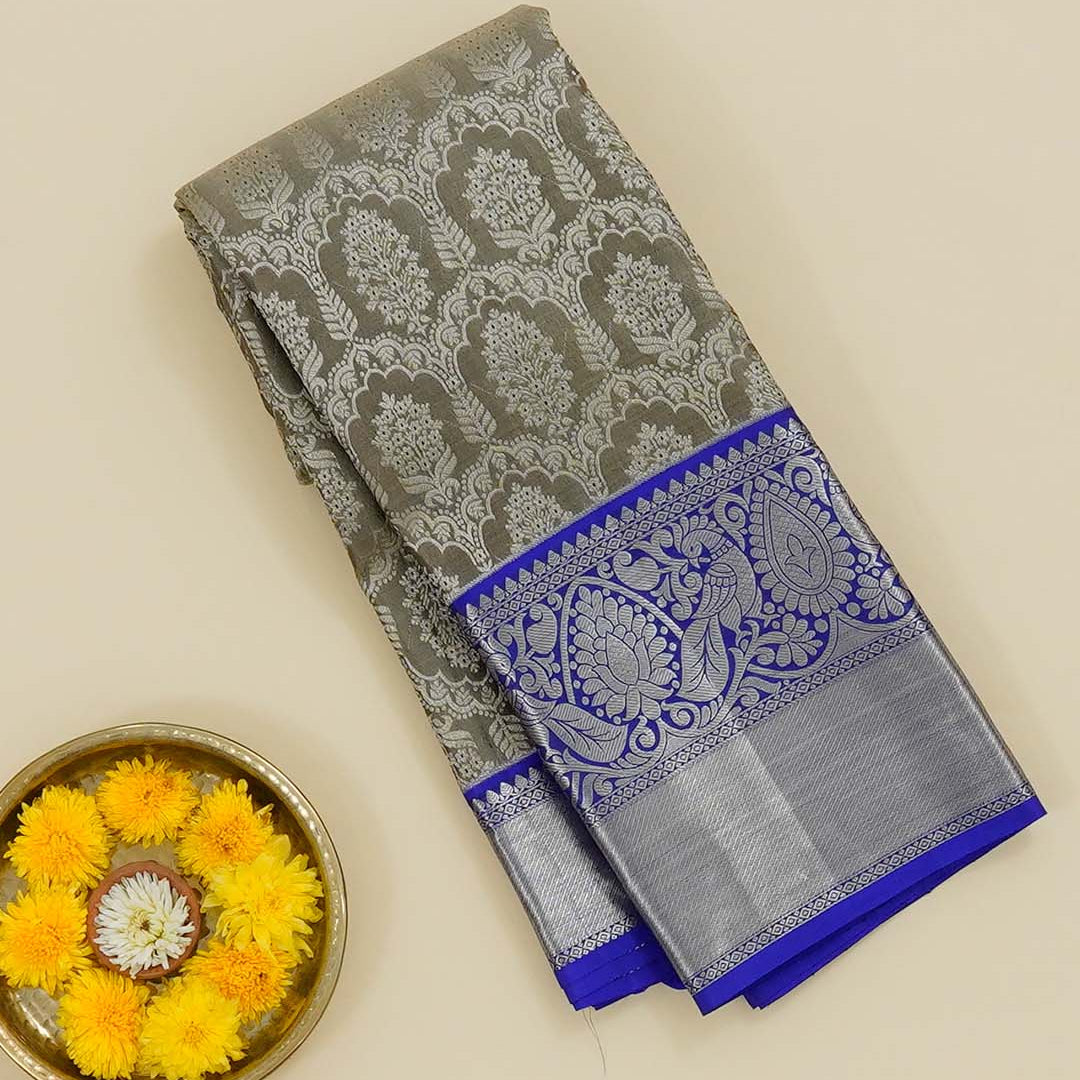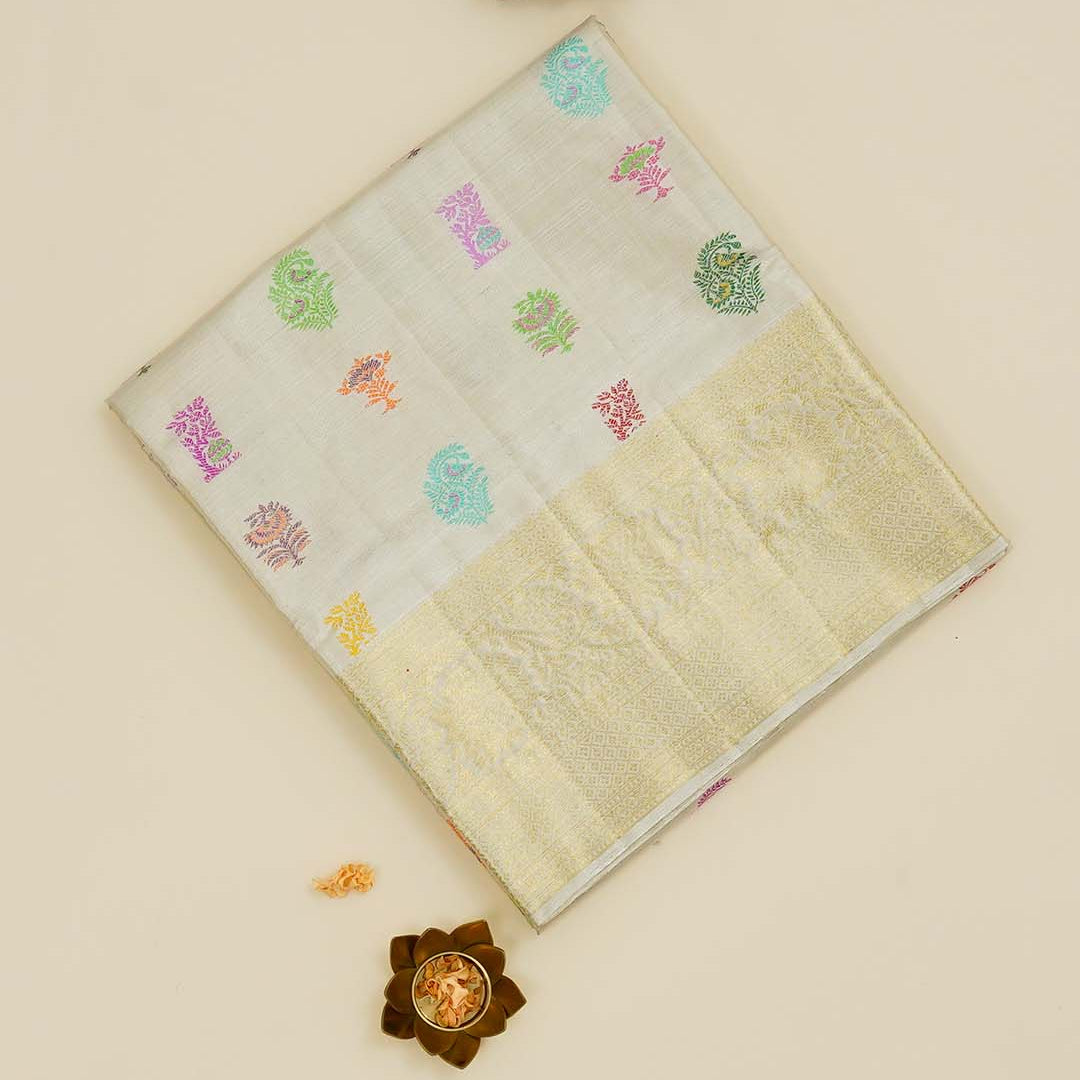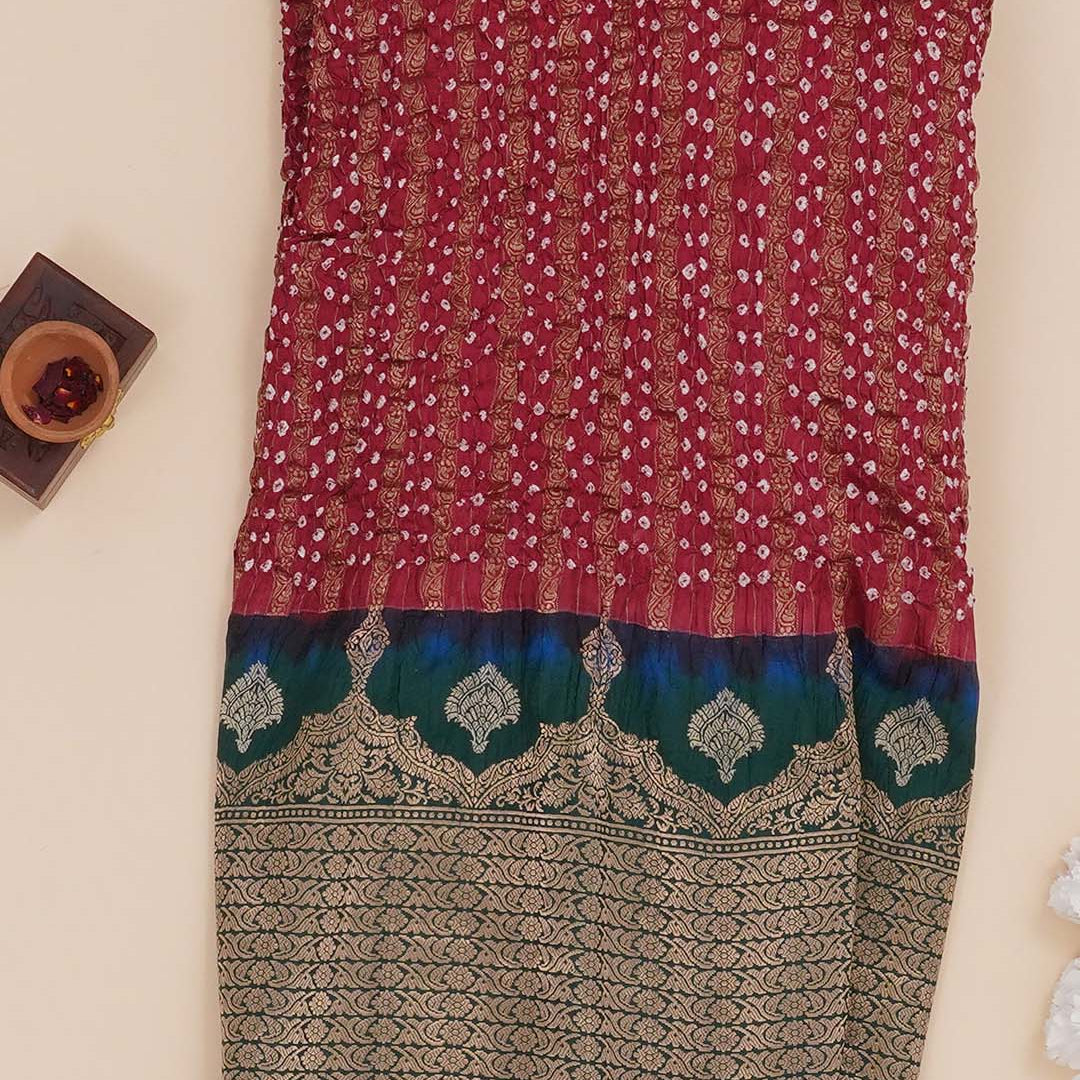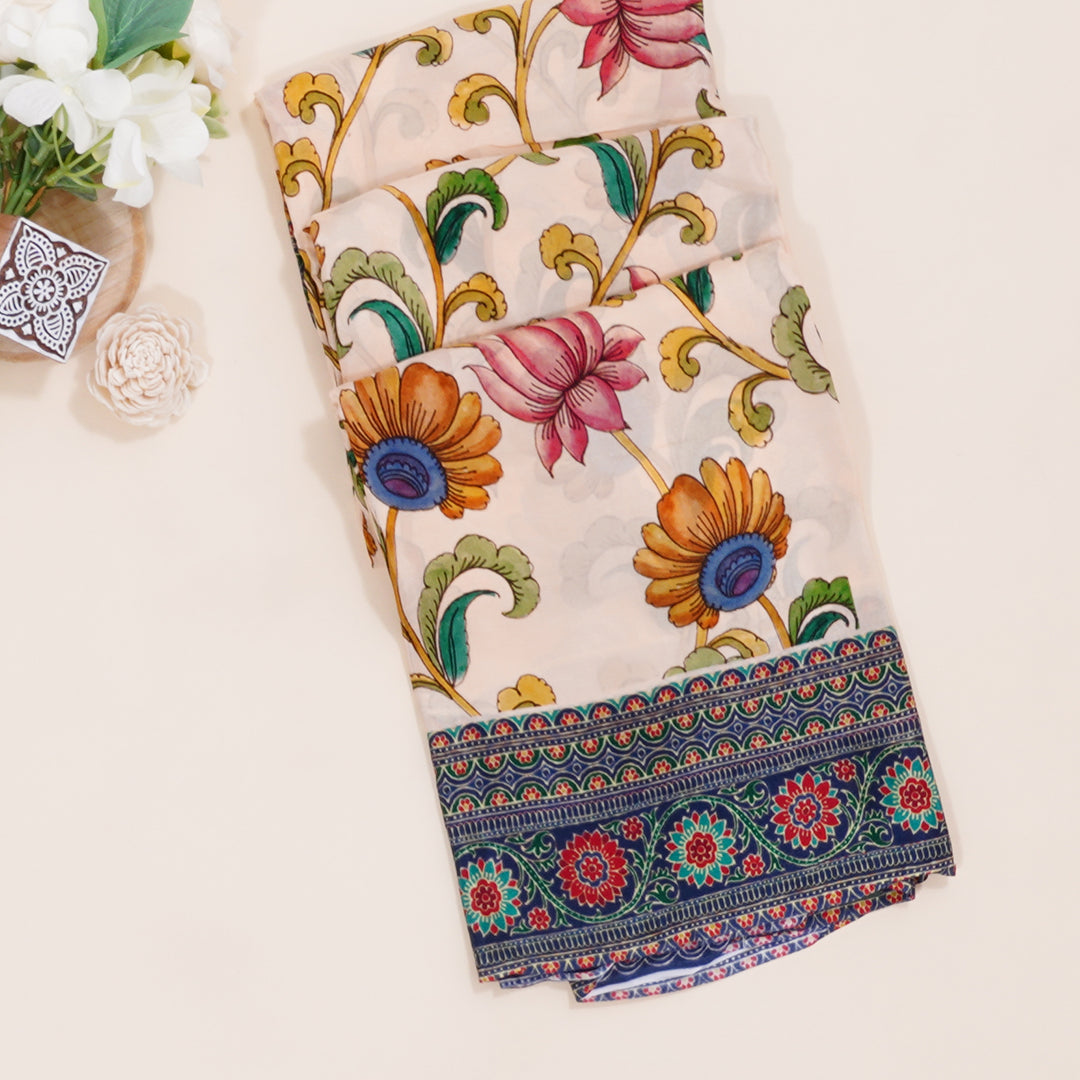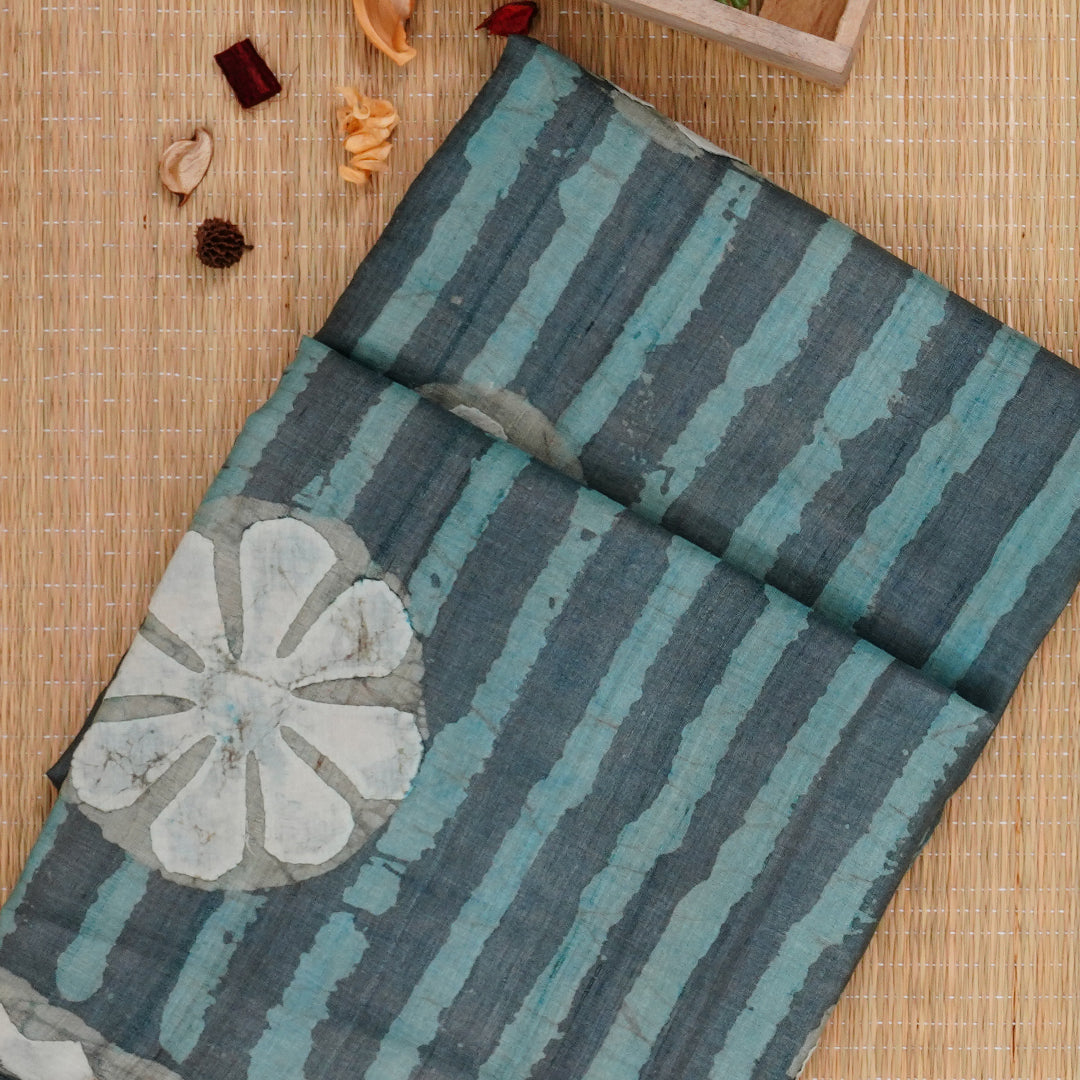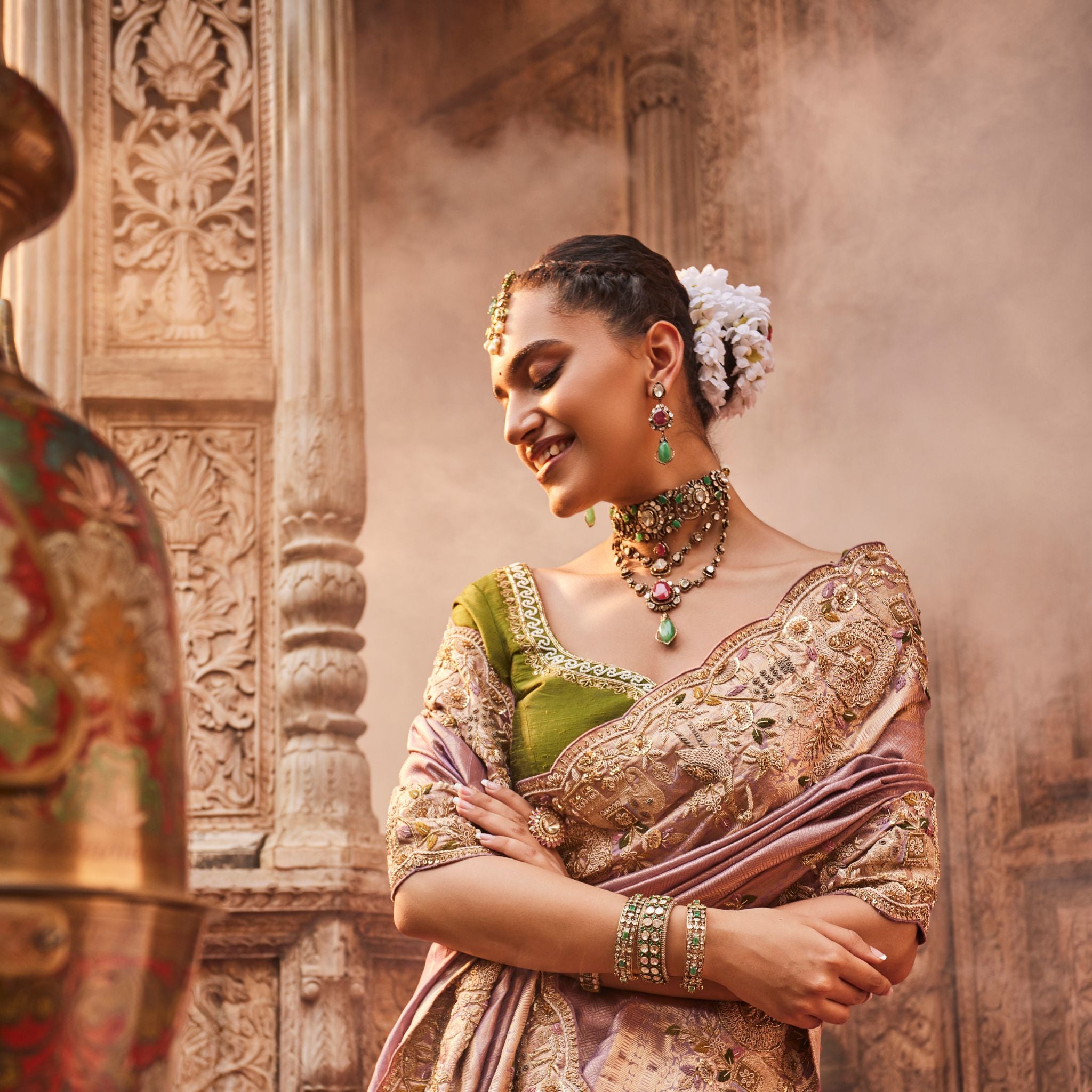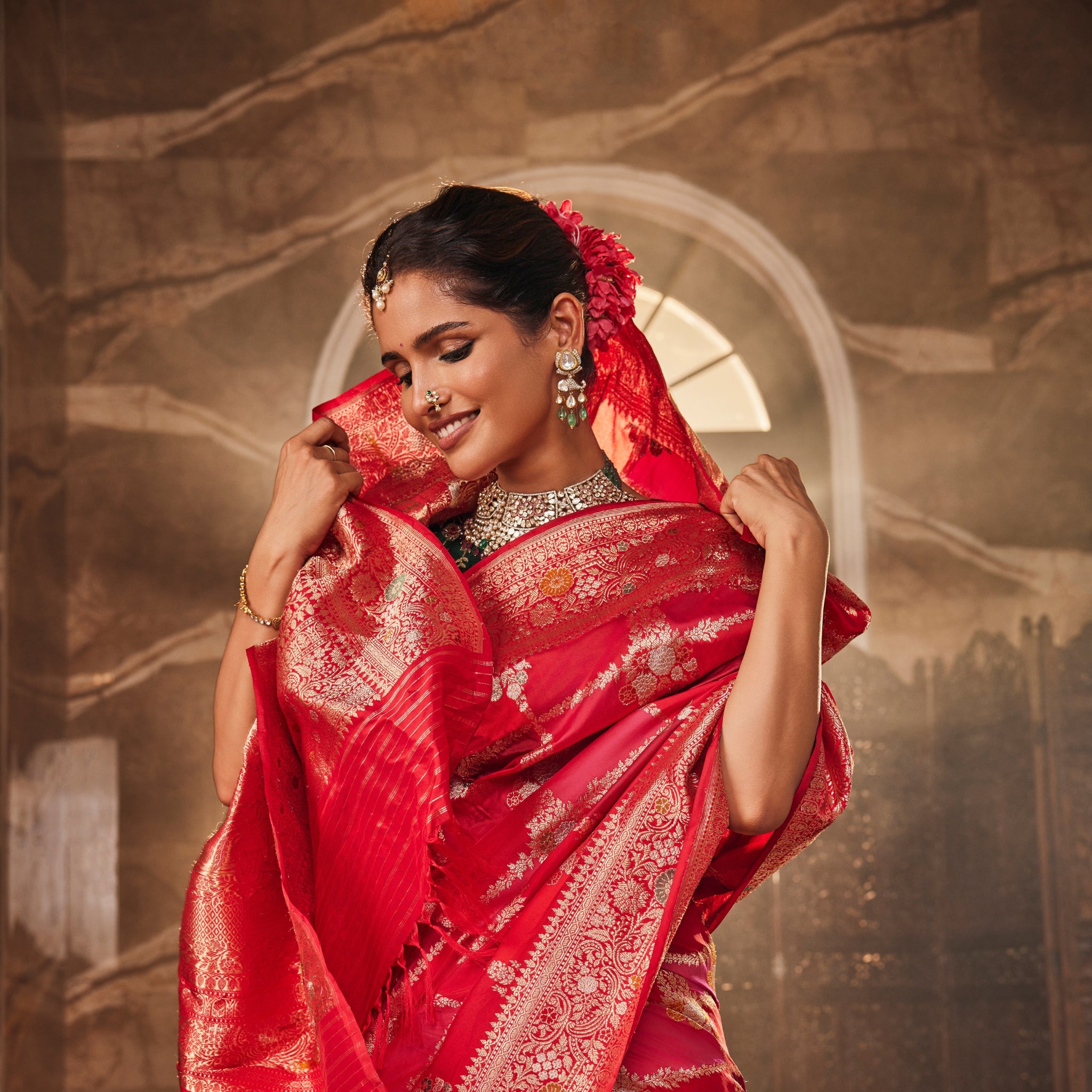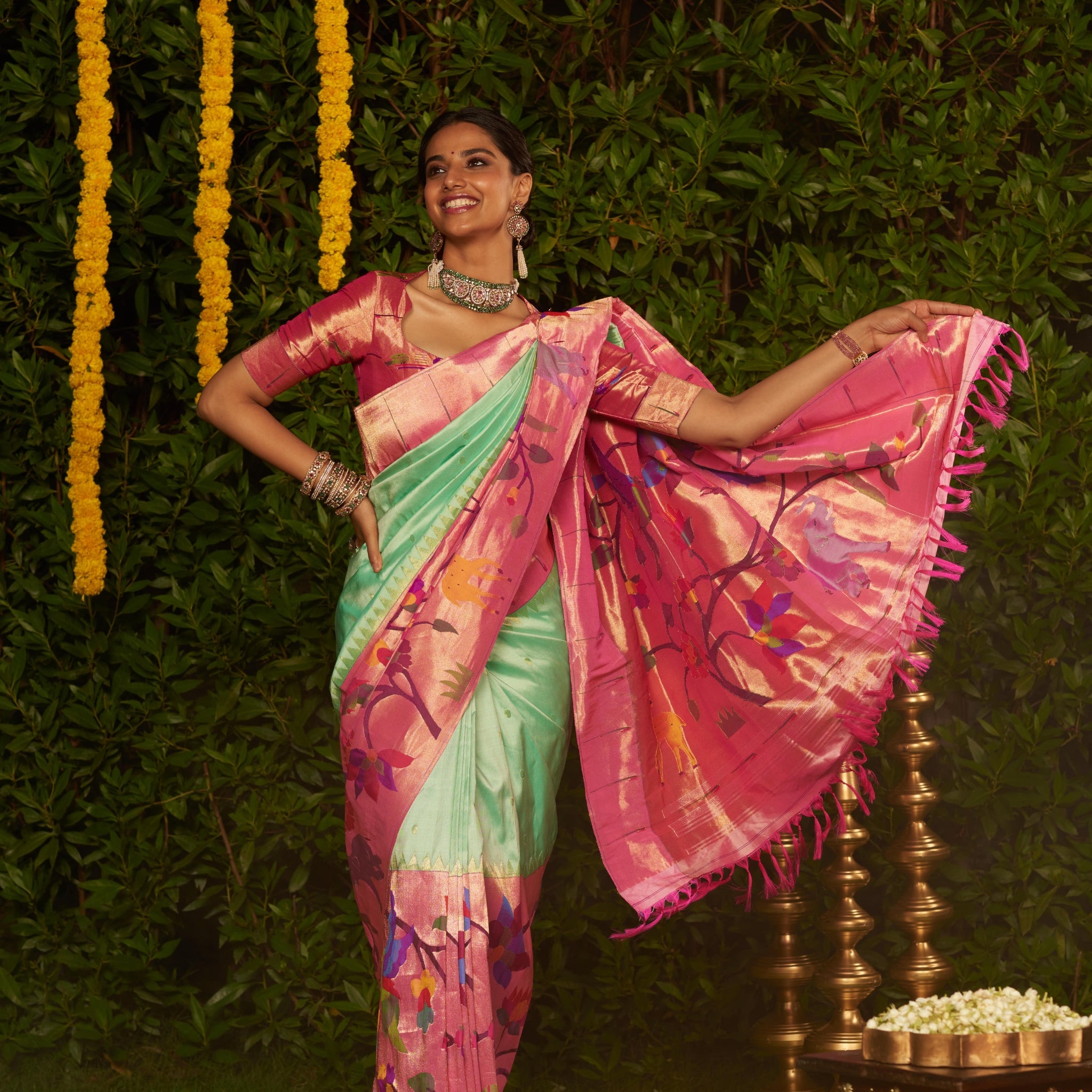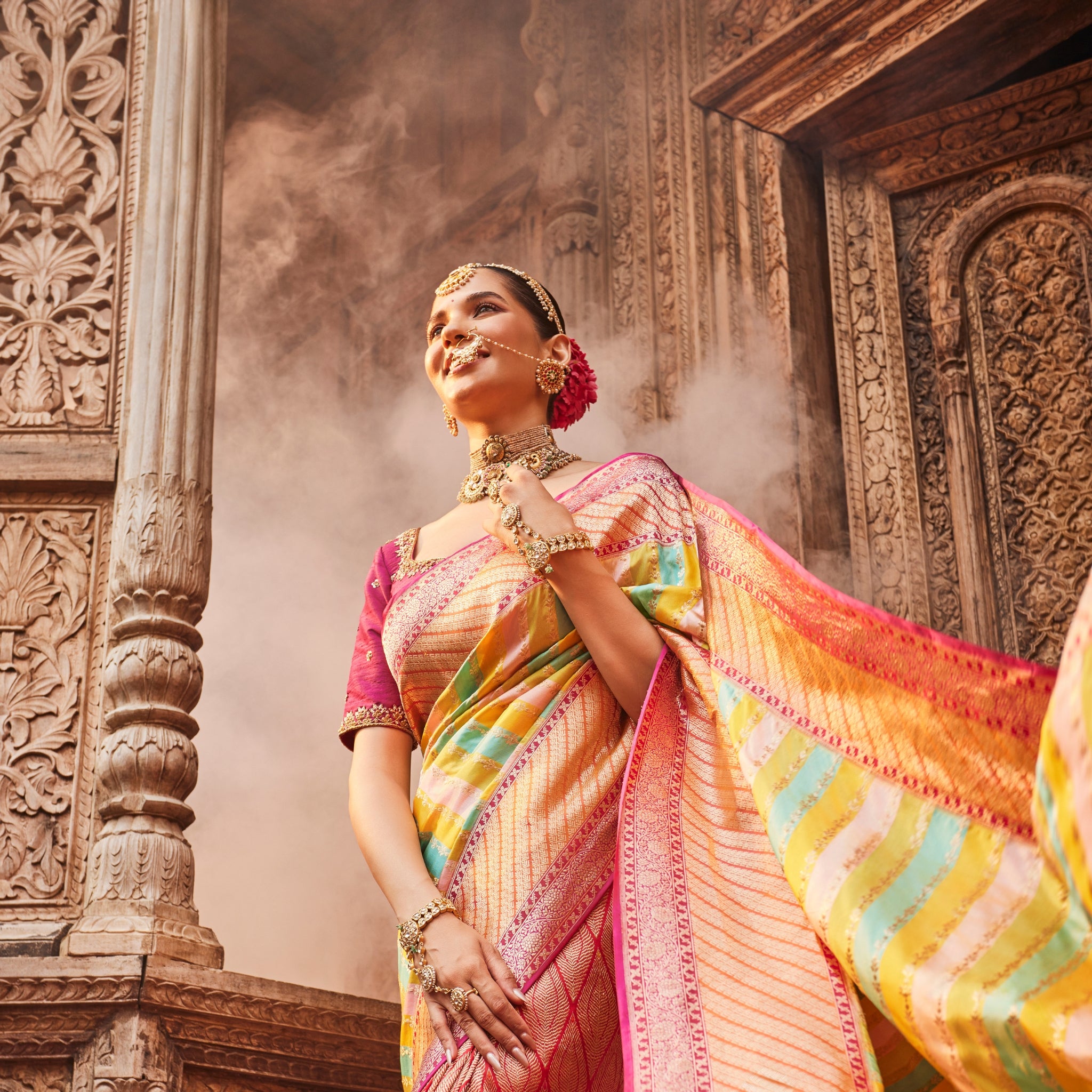Banaras Sarees Eternal Elegance from the Holy City of Varanasi

In the heart of India, along the sacred banks of the Ganges River, lies Varanasi — a city known not only for its spiritual aura but also for its centuries-old legacy of weaving Banaras Sarees (or Banarasi Sarees). These exquisite drapes, shimmering with gold and silver threads, have long been a symbol of grace, tradition, and craftsmanship. Each Banaras Saree tells a story — one of artistry passed down through generations and devotion that transcends time.
A Heritage Woven in Gold
The tradition of Banaras Sarees dates back several centuries, flourishing during the Mughal era when Persian aesthetics met Indian artistry. Weavers in Varanasi began incorporating intricate brocades, zari (metallic thread), and rich motifs inspired by Mughal architecture, flora, and fauna. What emerged was more than just a garment — it was a canvas of cultural fusion.
A true Banaras Saree is characterized by its opulent texture, intricate detailing, and luxurious sheen. Traditionally woven from pure silk, these sarees often feature real gold and silver zari, making them prized possessions for brides and collectors alike.
The Craftsmanship Behind Every Drape
Weaving a Banaras Saree is a meticulous process that can take anywhere from 15 days to six months, depending on the complexity of the design. The process involves:
-
Designing the Pattern – Artisans begin by sketching intricate motifs on graph paper. These designs are then translated into weaving patterns.
-
Preparing the Loom – The warp and weft threads are set up with great precision.
-
Weaving with Zari – Skilled weavers use handlooms to interlace silk threads with gold or silver zari, often creating floral motifs, paisleys, or geometrical patterns.
-
Finishing Touches – Once woven, the saree is washed, polished, and finished to enhance its luster and texture.
Each Banaras Saree is a testament to the weaver’s dedication — a piece that may take months but lasts for generations.
Types of Banaras Sarees
Over the years, Banaras Sarees have evolved into several distinctive styles, each with its own charm:
-
Katan Banarasi: Pure silk sarees with rich, smooth texture and intricate zari work.
-
Organza (Kora) Banarasi: Lightweight sarees woven with silver and gold threads, offering a delicate and translucent beauty.
-
Georgette Banarasi: A modern variant combining Banarasi designs with georgette fabric for easy draping.
-
Shattir Banarasi: Known for its contemporary patterns and experimental designs.
Whether traditional or modern, each type carries the unmistakable essence of Banaras craftsmanship.
Symbol of Culture and Celebration
Banaras Sarees are more than fashion; they are an emotion. From bridal trousseaus to festive occasions, these sarees symbolize auspiciousness, prosperity, and heritage. In many Indian families, a Banaras Saree is an heirloom — passed down from mothers to daughters, representing not just fabric, but legacy.
Their timeless appeal has also transcended borders. Today, Banaras Sarees grace international runways and wardrobes of global icons, reaffirming their status as India’s contribution to world couture.
Preserving a Glorious Legacy
While modernization and machine-made fabrics have challenged traditional weaving, efforts are being made to revive and sustain Banaras handloom weaving. Government initiatives, design collaborations, and conscious consumers are playing key roles in empowering local artisans and keeping the heritage alive.
When you choose a Banaras Saree, you’re not just wearing a piece of fabric — you’re supporting an ancient art form, a community of weavers, and a timeless tradition that continues to inspire awe.
Final Thoughts
Banaras Sarees are more than garments; they are poems woven in silk, reflections of India’s cultural richness and craftsmanship. Every thread tells a story — of devotion, patience, and pride. As the looms of Varanasi continue to weave magic, one thing remains eternal: the elegance of the Banaras Saree, forever rooted in the holy city’s soul.




